Swedish artist Nell Roslund shaped the STORM movement side-by-side with her husband Herwarth Walden. At the same time, her own art would be inconceivable without the STORM.
Who is the Swedish woman about which Alfred Flechtheim, in the foreword for his 1927 exhibition catalog, wrote: “No woman in Berlin is as fair-haired and has such white skin as this Swede, who has lived in Berlin for around 15 years and was Else Lasker-Schüler’s successor, not for very long, but long enough to place Herwarth Walden and his ‘STORM’ movement on the European stage. A talented painter herself: flowers, water, a lot of water, very feminine, no imitating of men, and a collector of a caliber very few in the world can match”?
With her head tilted pensively but nonetheless with a decisive look, Nell Roslund fixes her gaze on the beholder. Her eyes are clear, and her entire body is slanted forwards. Instead of likewise turning his attention to the camera, Herwarth Walden, who also posed for the photo alongside Roslund in 1916, turns entirely towards his partner. His gaze remains fixed on the young Swede who, after Else Lasker-Schüler, became his second wife, and was a painter, journalist, translator and collector in her own right, as well as an energetic advocate for the STORM movement.
The photographic portrait of Nell Roslund and the founder of the STORM movement may indeed be the result of a deliberate pose, but at the same time the shot is emblematic of the unique interweaving of relationships and importance between these two great promoters of art who had dedicated themselves wholeheartedly to the avant-garde. Although she spent no more than 10 years by Walden’s side, Nell Roslund quickly became a decisive organizational, social and artistic figure in the transnational network that was the STORM.
Nell Roslund secures the movement’s financial survival
Herwarth Walden is the undisputed key figure of this movement, who dedicated himself initially to expressionism and later to the various manifestations of the avant-garde in Germany. However, the fact that the movement survived the First World War and indeed even expanded during the war years was largely thanks to Nell Roslund, who secured its financial survival. What’s more, she was not only one of the most frequently exhibited female artists in the STORM gallery, but also one of the most important collectors of the art of her fellow campaigners.
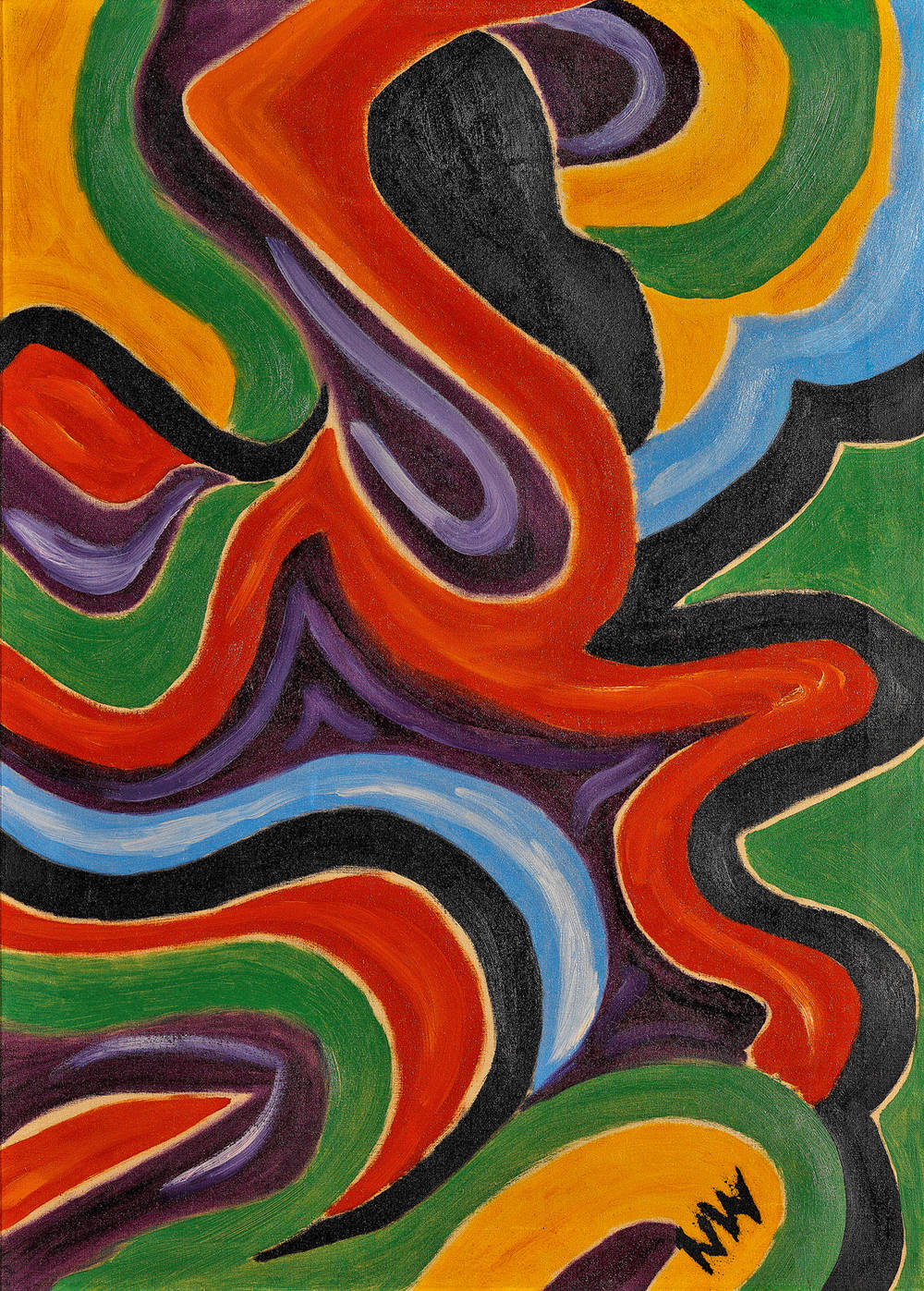
Born the daughter of a priest in Karlskrona in southern Sweden in 1887, Nell Roslund (originally Nelly Anna Charlotta Roslund) initially enjoyed a classic middle-class upbringing. In 1908 she gave up her musical training as an organist. Her travels took her to various places including Lübeck and Berlin, where she perfected her knowledge of German. When she agreed to marry Swedish architect Folke Bensow in 1910, her future as a conventional housewife and mother appeared to be sealed. Yet her encounter with Herwarth Walden at her sister’s house in 1911 was to change everything.
The public perception of the avant-garde
Roslund broke off her engagement, convinced her mother to arrange employment for her in Berlin and at the beginning of 1912 joined Herwarth Walden and his STORM group. From that point on, with her income assured from her work as a political journalist and translator in the press headquarters of the German Supreme Army Command, Roslund financed the movement and began to collect the artists’ works, along with ethnographic objects. In the years that followed, the growing collection was used by the STORM for advertising purposes, regularly made accessible to the public and published in a catalog – and thus Roslund’s lasting efforts for public awareness of the avant-garde movement began.
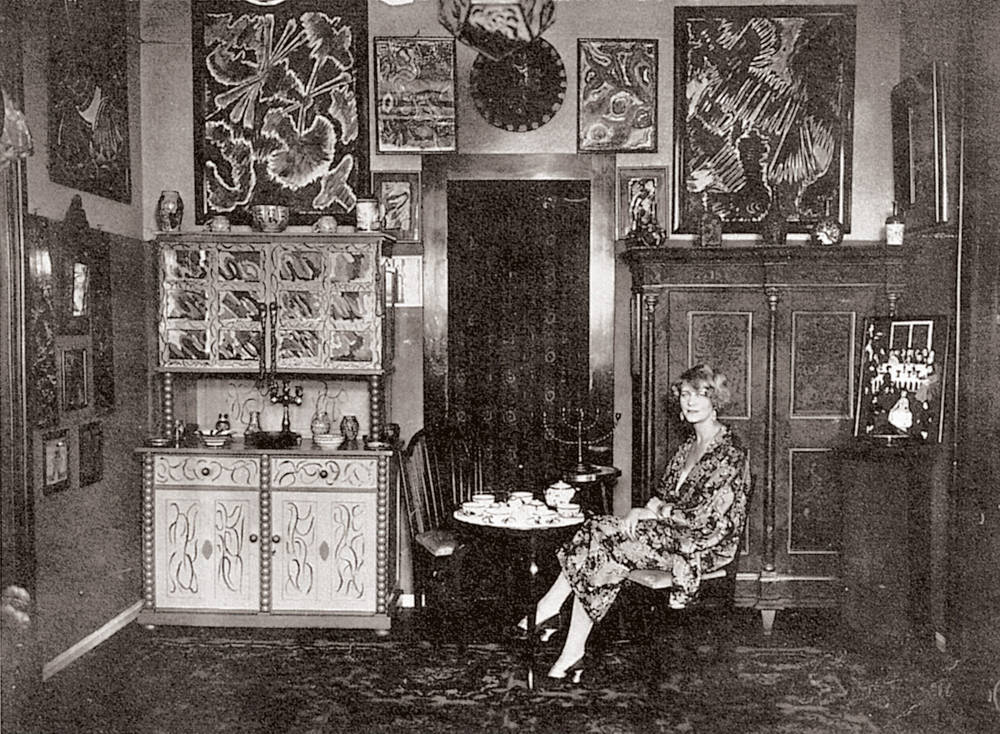
It was during these years that the collector herself began to paint. Nell Roslund was self-taught and found her way to painting in the bosom of the STORM, and later at the STORM Academy of Art, which opened in the fall of 1916. Her reverse glass painting, oil painting and works on paper show vividly colored compositions that hint at human and geometric forms, but which develop their intensity and dynamism only in their rejection of faithful figuration in favor of abstraction. Nell Roslund’s images radiate in contrasts; they have simple titles such as Klebebild (Glue Picture), Komposition (Composition), Glasbild (Glass Picture), or Tempera, or indeed names that implant meaning in her gestural streaks: Ich selbst (I myself), Kräfte (Powers), Arabische Träume (Arabian Dreams), Lyrische Blumen aus einem nordischen Garten (Lyrical Flowers from a Nordic Garden). For her more than 6,000 works of her oeuvre she used watercolors, tempera, pastels, sepia or gouache on paper and wood; collages and mosaics build on her “colored drawings”, while designs for interiors carry them over into a space.
Imprisoned, deported, murdered
Her choice of material was carefree, but considerable technical skill lurked behind the characteristically expressionist approach to the internal experiences and perceptions expressed in her art. At the same time, religious aspects also seeped into her art – with both, according to the artist, demanding unwavering belief. Following Nell Roslund’s debut as an artist in 1917, her works were exhibited so regularly in the STORM that she became the movement’s second most frequently exhibited artist after Jacoba van Heemskerck. When Nell Roslund divorced Herwarth Walden in 1924, she became a member of the artists’ association Die Abstrakten – Internationale Vereinigung der Expressionisten, Futuristen, Kubisten und Konstruktivisten e.V. [The Abstracts – International Association of Expressionists, Futurists, Cubists and Constructivists], with whom she continued to exhibit.
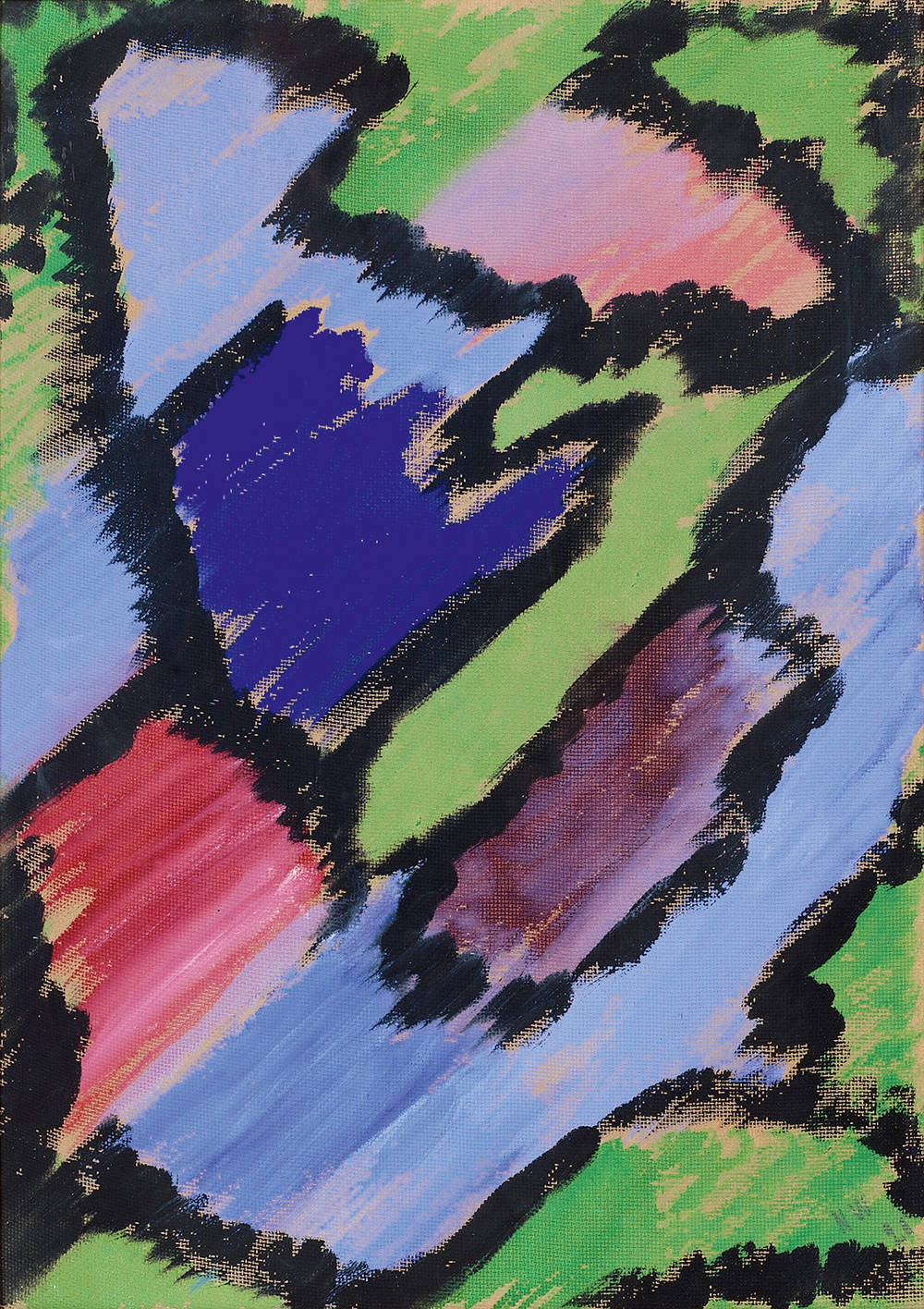
Walden, who resettled in the Soviet Union in 1931 and thus signaled the end of the STORM, had transferred his entire art collection to Roslund before their divorce, and when she herself fled to Switzerland to escape the Nazis, she managed to take large parts of her art and ethnographic collection with her. Yet a private tragedy would blight her move: She would never again see her second husband, Jewish doctor Hans Heimann, who was due to follow her to Switzerland, as he was imprisoned, deported and murdered by the Nazis. From then on, Roslund remained in Switzerland, and in 1940 she married again.
Until the end of her life, however, it was primarily the encounter with Herwarth Walden and the STORM artists that would shape Nell Roslund most definitively. It was on account of this that the Swedish artist fought tirelessly for recognition of the STORM, for which she attempted to gain a firm place in art history through sales and endowments to museums, as well as through her publications of 1954 and 1963. At the same time, her own art developed entirely within the context of the STORM movement and embodied its aesthetic and its artistic ideals like virtually no other work by a STORM artist. Today the output by this recipient of the first-class Swedish Royal Order of Vasa as well as the first-class Order of Merit of the Federal Republic of Germany is exhibited in various places including the Moderna Museet in Stockholm, the Kunstmuseum in Bern and currently in the “STORM WOMEN” exhibition at the SCHIRN.
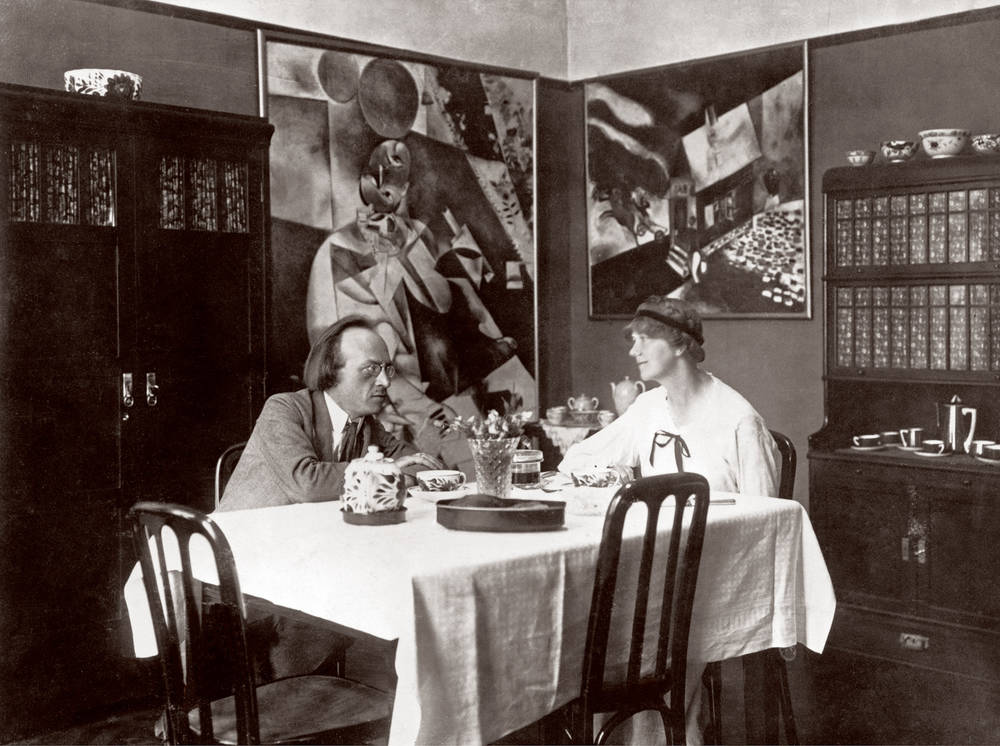

STORM SALON FEAT. MINT CLUB NIGHT: Soumaya Phéline
As part of the exhibition STORM WOMEN SCHIRN is, together with MINT Berlin, hosting the STORM SALON at SCHIRN Café. Guesting December 10: Soumaya...
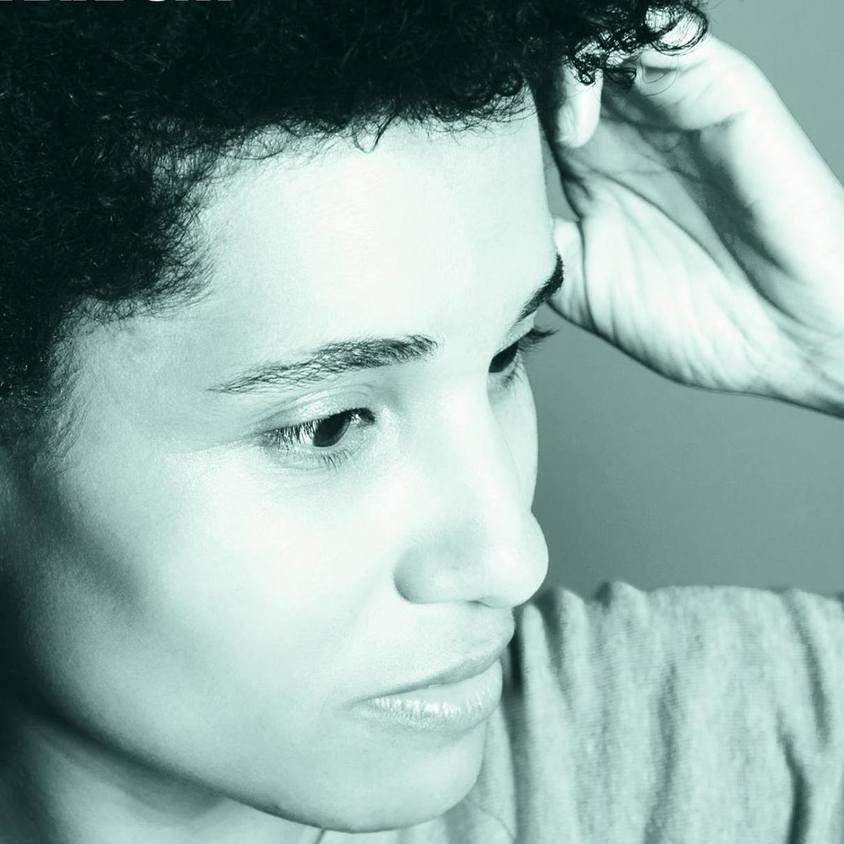
STORM SALON FEAT. MINT CLUB NIGHT: DJ rRoxymore
As part of the exhibition STORM WOMEN SCHIRN is, together with Mint Berlin, a network of women active in electronic music, hosting the STORM SALON at...
 Nell Roslund und Herwarth Walden
Nell Roslund und Herwarth Walden